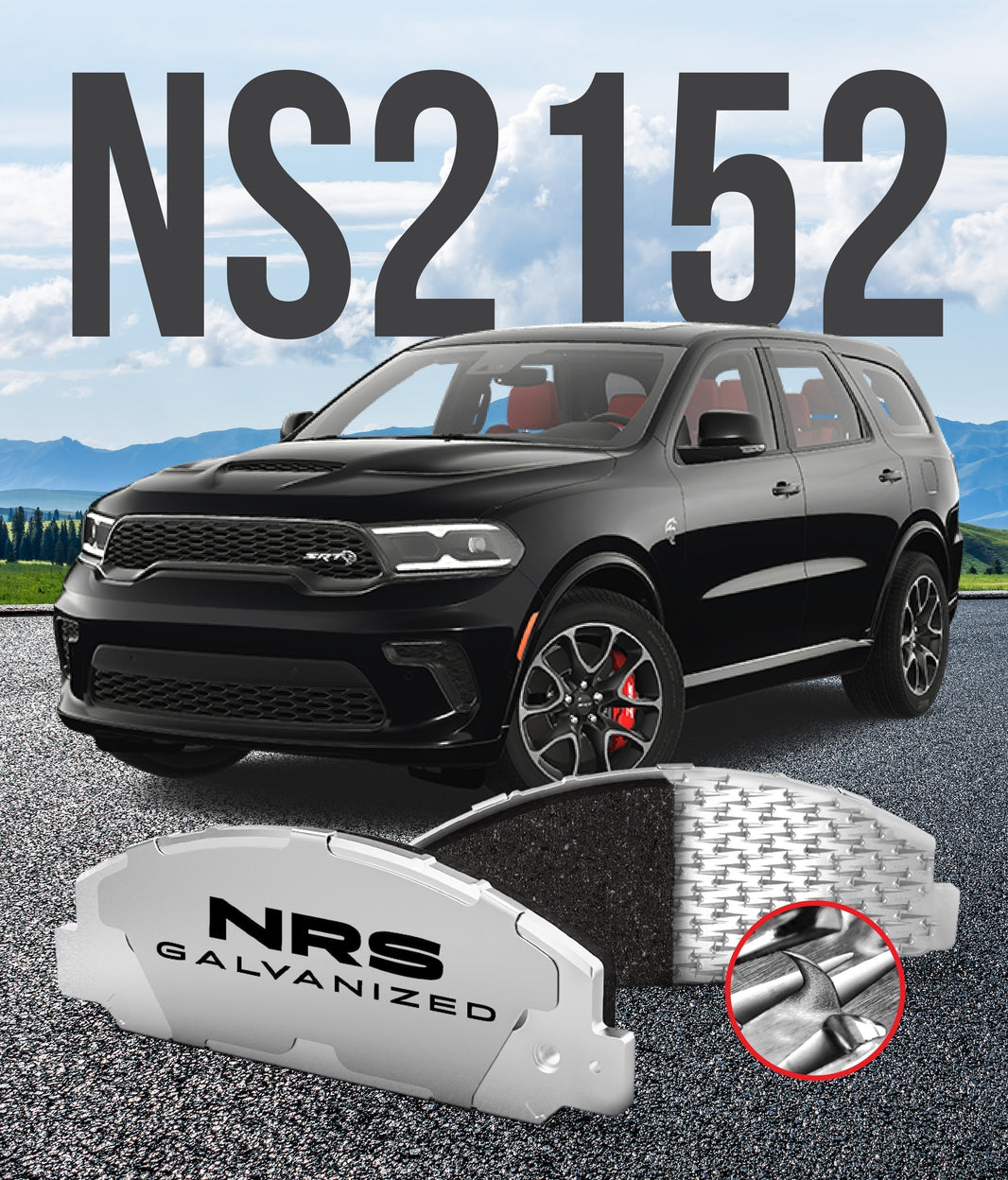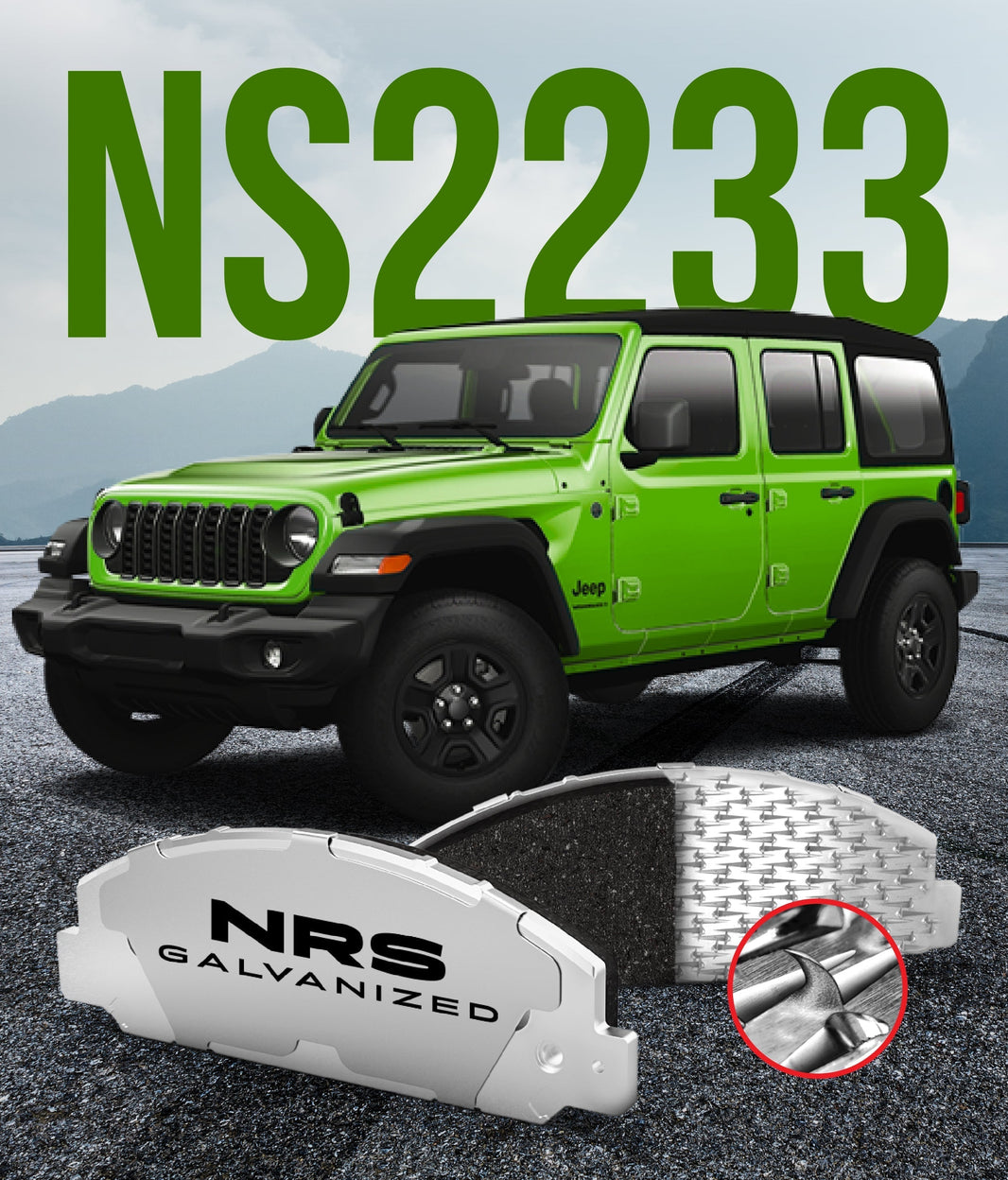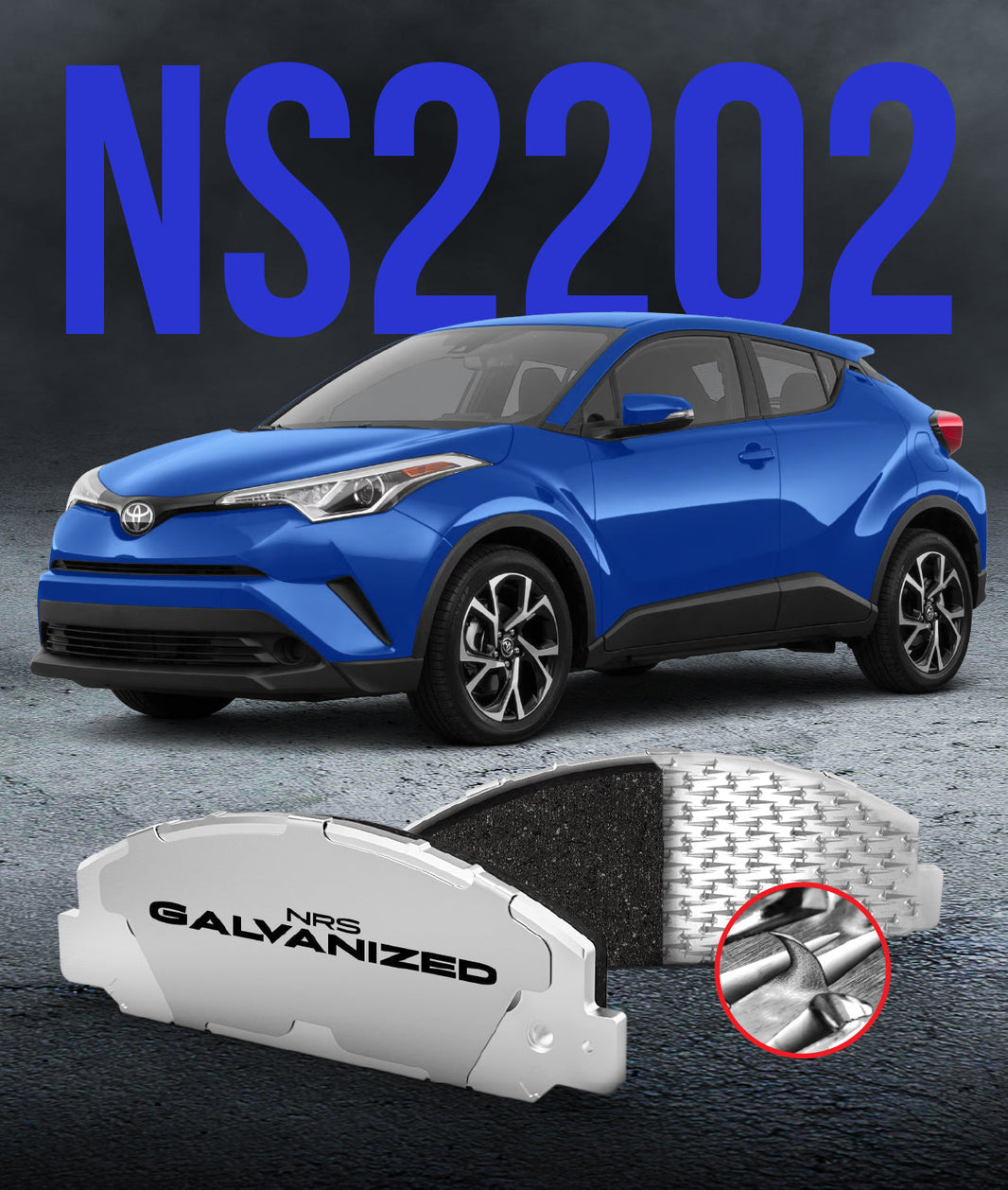
Think about your approach to personal health. Do you go for regular check-ups to catch problems early, or do you wait until you are seriously ill before seeing a doctor? The same question can be applied to your car, and nowhere is the proactive approach more critical than with your braking system.
Proper brake maintenance is not just about reacting to a problem when it occurs; it is about preventing that problem in the first place. This guide will provide the ultimate checklist for a complete brake maintenance program. Following these steps will help you ensure your brakes are always in top condition for maximum safety and longevity.
The Driver's Role: Monthly Checks You Can Do Yourself
The most effective brake maintenance program begins with the person who knows the vehicle best: you, the driver. You do not need to be a mechanic to be the first line of defense. By being observant and performing a few simple checks each month, you can spot developing issues long before they become serious.
This five-minute inspection is easy to incorporate into your routine. It involves using your senses to detect any changes in your brake system's performance.
-
Listen for Noises: With the radio off and windows down, pay close attention as you brake. Report any new or unusual squeals, grinds, or clicks to your mechanic.
-
Feel for Changes: Be aware of how your brake pedal feels under your foot. If it feels softer or spongier than usual, or if you notice the car pulls to one side when you stop, it is a clear sign of a problem.
-
Check Your Brake Fluid: Visually inspect the brake fluid reservoir under the hood. The fluid should be between the "MIN" and "MAX" lines, and it should be a clear, golden-honey color. Dark or murky fluid indicates contamination.
-
Look at Your Wheels: Check for an excessive amount of dark brake dust on one wheel compared to the others. This can be a sign of a sticking caliper on the dirtier wheel.
-
Use Your Parking Brake: Engage and disengage your parking brake at least once a week, even if you are parked on a flat surface. This regular use keeps the cables and levers moving freely and prevents them from seizing.
The Technician's Role: Annual or Bi-Annual Inspections
While your monthly checks are important, a more detailed, hands-on inspection should be performed by a qualified technician at least once a year. A perfect time to have this done is during your regular tire rotation service. This allows for a clear view of all the brake components.
This professional inspection involves precise measurements and a trained eye for spotting wear and potential failures.
Measuring Pad and Rotor Life
A technician will use specialized tools to get an exact measurement of your remaining brake pad material. They will compare this measurement to the manufacturer's minimum specification to determine the pad's remaining service life. This is far more accurate than a simple visual guess.
They will also use a micrometer to measure the thickness of your brake rotors. Rotors have a minimum safe thickness stamped on them. A measurement below this value means the rotor must be replaced.
Inspecting for Uneven Wear
A critical part of any professional inspection is to look at the wear patterns on the old pads. Uneven wear, such as tapering or one pad being much thinner than the other, is a clear symptom of an underlying problem. These patterns point directly to issues like a sticking caliper or seized slide pins.
Simply replacing worn pads without addressing the cause of the uneven wear will only lead to the new pads failing prematurely. A good technician diagnoses the system, not just the part.
Checking Hydraulic Components
The inspection should also include a careful check of the hydraulic parts of the system. The technician will examine the flexible rubber brake hoses for any signs of cracking, bulging, or leaking. A failing hose is a major safety concern.
They will also inspect the rubber dust boots on the brake calipers. A torn boot allows dirt and moisture to enter the caliper, which is the leading cause of seized pistons.
The Complete Brake Service: What Should Be Included
When your inspection reveals that it is time for a brake job, it is important to understand what a complete, high-quality service entails. A proper brake job is much more than just a quick "pad slap." Every step is critical for ensuring the new parts perform correctly and safely.
Whether you are doing the job yourself or having a professional do it, make sure these steps are part of the process.
-
Replace Pads and Rotors in Axle Pairs: Brake components should always be replaced in pairs on the same axle (both fronts or both rears). This ensures balanced braking and prevents the car from pulling to one side.
-
Clean and Lubricate All Hardware: This is a crucial step that is often skipped. The caliper bracket must be thoroughly cleaned of all rust and debris, and the caliper slide pins must be cleaned and lubricated with a high-temperature, silicone-based grease.
-
Inspect or Replace Calipers: The calipers themselves must be inspected for proper function. The piston should retract smoothly, and there should be no signs of fluid leaks. A faulty caliper will quickly destroy a new set of pads and rotors.
-
Flush the Brake Fluid: Old, moisture-contaminated brake fluid is a serious safety hazard. A complete brake fluid flush is an essential part of any thorough brake service and should be performed every two to three years.
-
Bed-In the New Pads: The final step is to properly bed-in the new pads to the new rotors. This involves a series of controlled stops to transfer an even layer of friction material to the rotor, which ensures smooth, quiet, and powerful braking.
Conclusion: A Proactive Approach to Safety
A comprehensive brake maintenance program is a simple, three-tiered approach. It involves your own regular observations as a driver, detailed annual inspections by a technician, and a thorough, complete service when parts need replacement. This proactive strategy is the key to safety, reliability, and avoiding expensive, unexpected repairs.
Your braking system is the most important safety feature on your vehicle, and it deserves your full attention. By following this checklist, you can be confident that your car will be able to stop safely every time you press the pedal. At our company, we are dedicated to engineering the Best Brake Pads that provide exceptional longevity and performance, forming the foundation of a safe and well-maintained braking system.
What is the one brake maintenance tip that you think is most often overlooked by drivers?




